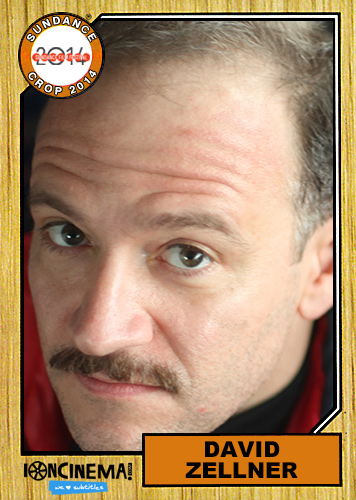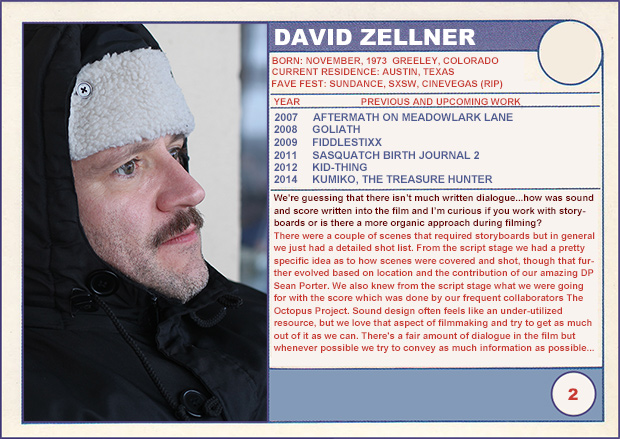
David Zellner: 1. Seeing Viva Maria! in 35mm. That movie is pure joy. 2. Gerhard Richter’s Cologne Cathedral. 3. The Paperboy. I think about it regularly.
Lavallee: Was wondering if you could detail the visual ideas you had for the look of the film…what were you aiming for? Was it important to detail/distinguish the eccentricities or differences found in Japanese society?
Zellner: While particular with our focus and tone, the two places, Tokyo and Minnesota, were so inherently different we let the distinguishing details unfold naturally rather than force anything. This is why it was crucial that we shot on location.
Lavallee: We’re guessing that there isn’t much written dialogue…. how was sound and score written into the film and I’m curious if you work with storyboards or is there a more organic approach during filming?
Zellner: There were a couple of scenes that required storyboards but in general we just had a detailed shot list. From the script stage we had a pretty specific idea as to how scenes were covered and shot, though that further evolved based on location and the contribution of our amazing DP Sean Porter. We also knew from the script stage what we were going for with the score which was done by our frequent collaborators The Octopus Project. Sound design often feels like an under-utilized resource, but we love that aspect of filmmaking and try to get as much out of it as we can. There’s a fair amount of dialogue in the film but whenever possible we try to convey as much information as possible through other means…
[related]2014 Sundance Trading Card Series[/related]
